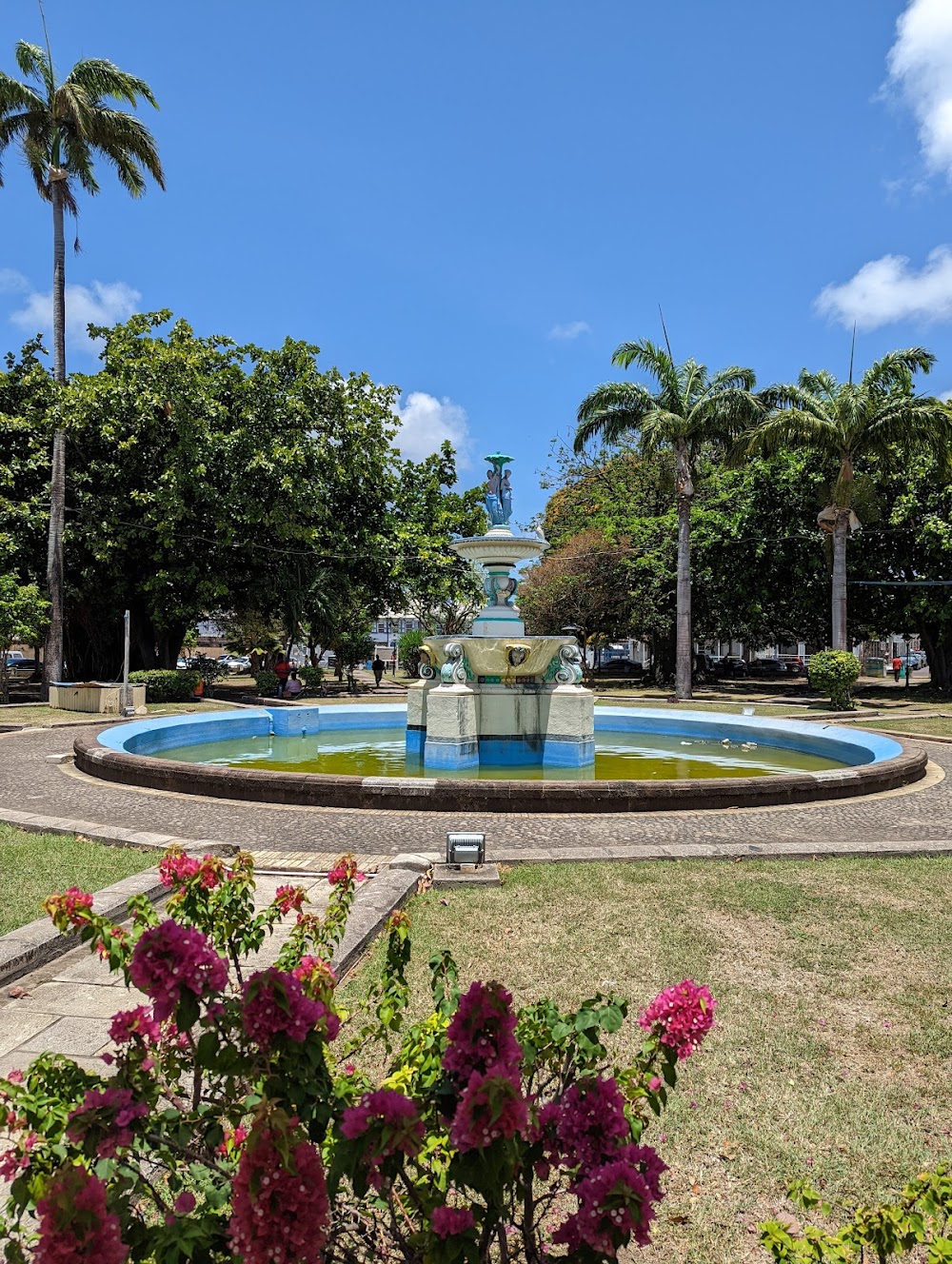Old German Fort (Igisasu cy'Abadage cya Kera)
Overview
During the early 20th century, the German Empire sought to expand its influence in Africa, establishing strategic administrative and military centers across the continent. One notable location was Nzega, Rwanda, where the Old German Fort stands as a testament to this significant period in history.
In the early 1900s, German colonial forces recognized Nzega's strategic position and accessible terrain, making it an ideal site for a fort. Construction began in 1909, driven by the need to control the local population, secure trade routes, and assert German dominance in the region.
The fort's construction was overseen by German engineers and laborers, but a substantial portion of the workforce comprised local inhabitants, who were often coerced into labor. These local workers carried stones, dug foundations, and built walls under the watchful eyes of German officers. This collaboration—albeit forced—reflects the complex dynamics of colonial power and control.
Built primarily from locally sourced stone, the fort featured a robust design typical of military architecture of the era. Its thick walls provided defense against potential attacks, while its elevated position offered a strategic vantage point to monitor the surrounding area. Several watchtowers were erected at the corners, equipped with observation points and firing positions to ensure comprehensive defense.
Within the fort's central courtyard, barracks for soldiers, storerooms for ammunition and supplies, and administrative offices were established. A small chapel was also incorporated, symbolizing the integration of military and colonial administrative functions in this stronghold.
Life inside the fort was characterized by rigidity and discipline. German soldiers stationed in Nzega were tasked with enforcing colonial rule, which included collecting taxes, maintaining order, and suppressing any local resistance. Their presence served as a constant reminder of foreign control imposed upon the region.
As time passed, the fort evolved into more than just a military installation; it became a hub for colonial administration. Strategies were devised and implemented here to extend German influence deeper into Rwanda. However, the fort's role as a bastion of German power was destined to be short-lived.
With the onset of World War I in 1914, the dynamics in Africa shifted dramatically. Allied forces targeted German colonies, leading to conflicts and eventual German defeat. In 1916, Belgian troops, allied with the British, launched a campaign to seize control of Rwanda from the Germans, culminating in the surrender of the German Fort in Nzega. This marked the end of German control in the region.
After the departure of the Germans, the fort fell into disuse, yet its sturdy stone walls withstood the test of time. Today, the remains of the Old German Fort attract historians, tourists, and locals alike, all eager to delve into their past.
The fort stands as a poignant reminder of the era of European colonization in Africa. As visitors stroll through its ruins, they can envision the bustling activity that once filled its corridors, the strategies discussed in its offices, and the lives profoundly affected by its existence. The story of the German Fort in Nzega is one of power, conflict, and resilience, providing invaluable insights into the complex history of Rwanda.






